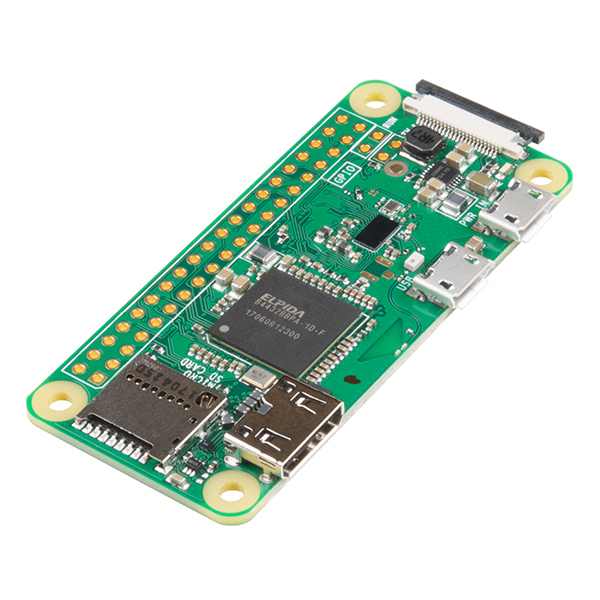
Add the line to /etc/rc.local to disable HDMI on boot. If you're running a headless Raspberry Pi, there's no need to power the display circuitry, and you can save a little power by running /usr/bin/tvservice -o ( -p to re-enable). I decided to spend some time testing these theoretical power-saving techniques on my Pi Zero, and here are some of the tips I've come up with (note that these techniques work with any Pi, not just the Zero): Technique Yesterday my post comparing the Raspberry Pi Zero's power consumption to other Pis hit the Hacker News front page, and commenters there offered a few suggestions that could be used to reduce the power draw even further, including disabling HDMI, changing the overclock settings, and futzing with the lone ACT LED. Update : With the new Pi Zero 2 W, you can also disable some of the CPU cores to reduce power consumption for a heavily-utilized Pi if it doesn't need all the CPU cores running. Seems the Pi Zero is only incrementally better than the A+-still excellent news, but not nearly as amazing as I originally thought :( I've updated the numbers in the post below to reflect this change. This seems to be more in line with the results others were measuring with much more expensive/accurate meters in the Raspberry Pi forums: Raspberry Pi Zero power consumption. This is found on the underside of the PCB, on the back of the Mini HDMI port.Update : I bought a PowerJive USB power meter and re-tested everything, and came up with ~80 mA instead of the ~30 mA reported by the Charger Doctor that I was using prior.

Note that you can also connect a Pi Zero to a non-HD display via the TV header. A utility for installing the operating system (either Raspberry Pi Imager or Etcher)Įven if you plan to use the Pi Zero 2 W in headless mode (that is, without a display), having a display handy for the set-up is useful.USB keyboard and mouse or similar input device.Mini-HDMI cable: this should have a full-sized HDMI connector at one end.USB card reader (if your PC doesn’t have one built-in).

microSD card: 32Gb is a good size, but up to 1TB is supported.Power supply unit (PSU): the official Raspberry Pi PSU with micro-USB power connector is the best option.To get your Raspberry Pi Zero 2 W up and running, you will need: What You Need to Set Up a Raspberry Pi Zero 2 W


 0 kommentar(er)
0 kommentar(er)
